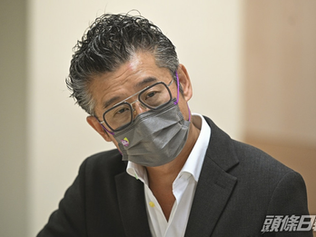top of page
Translating Disease Mechanism Discoveries to Improve Treatment of Biliary Atresia, an Intractable Newborn Liver Disease
T12-712/21-R

What are we doing?
-
To use cholangiocyte organoids from human livers/induced Pluripotent Stem Cells, multi-cell type organoids, and cells/organoids seeded onto liver extracellular matrix-derived gel to assess the pathobiological roles of various cell types, paracrine/guidance/matrix cues, toxins, virus, immune-inflammatory dysfunction and fibrosis;
-
To integrate whole-exome (BA trios) and tissue transcriptomic analyses with comprehensive clinical/phenotype information to stratify BA patients and discover novel disease mechanisms;
-
To pursue targeted therapies, using BA organoids as clinical surrogates to test drug repurposing on amyloid-beta deposition, ciliary dysfunction (our new findings); immune-inflammation and fibrosis.
News & Events
Latest Publications

bottom of page




